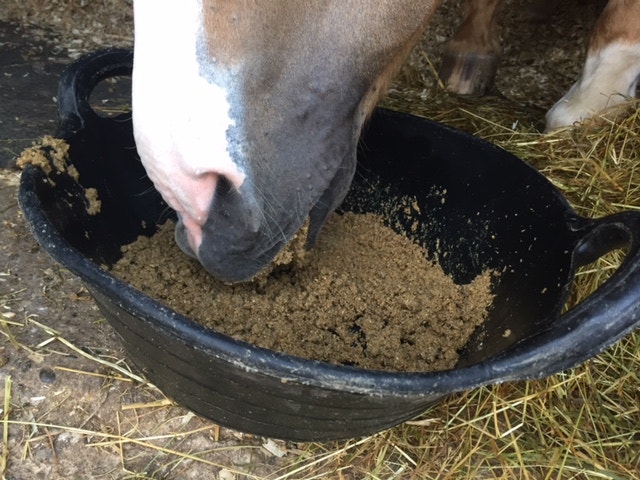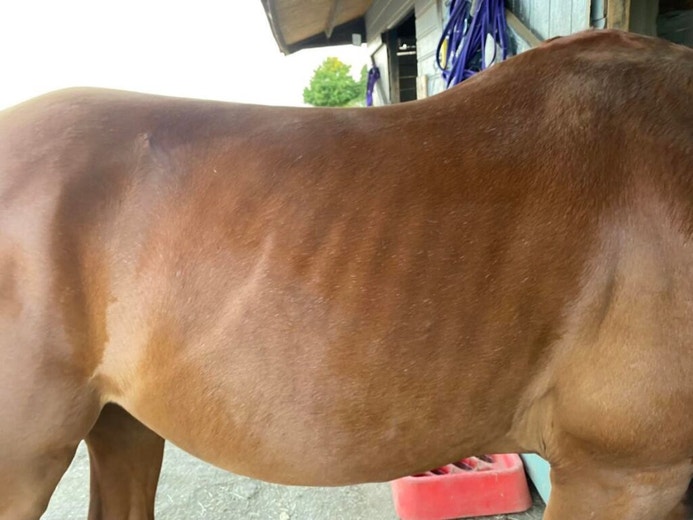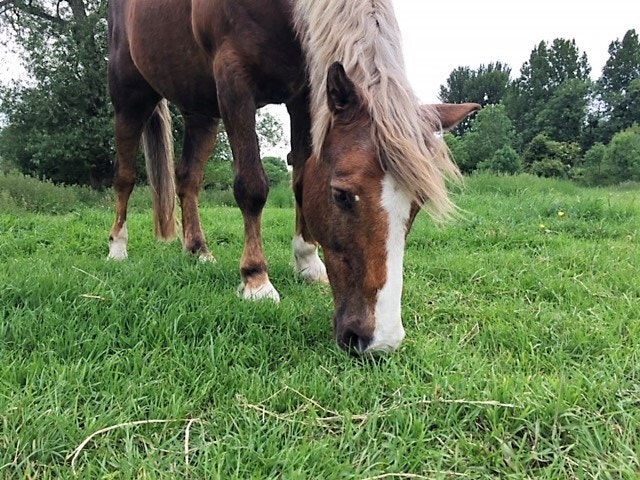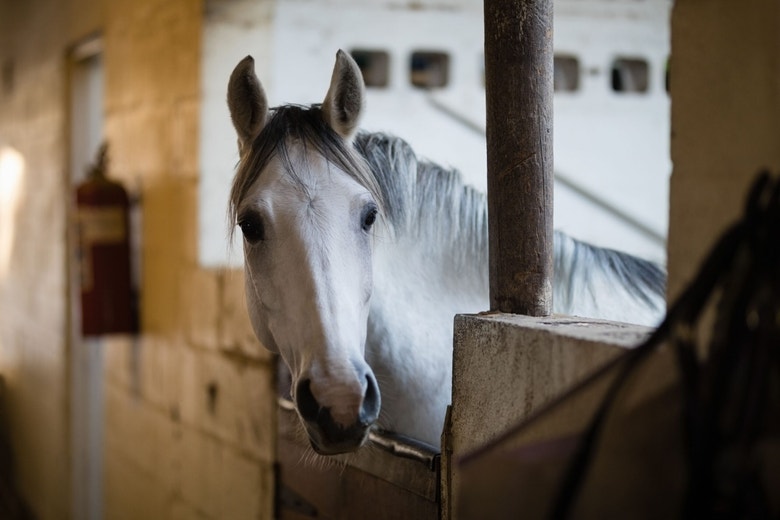
#SPILLERSScience: New easy-to-use tool for assessing body fat in horses and ponies
Researchers at the University of Melbourne, together with SPILLERS and other international collaborators, have developed a new Body Condition Index for assessing and importantly, monitoring body fat*. It has been primarily developed to identify horses and ponies that are likely to be overweight or obese and with the help of the easy-to-use tool on our website, may provide a simple and more consistent alternative to body condition scoring.
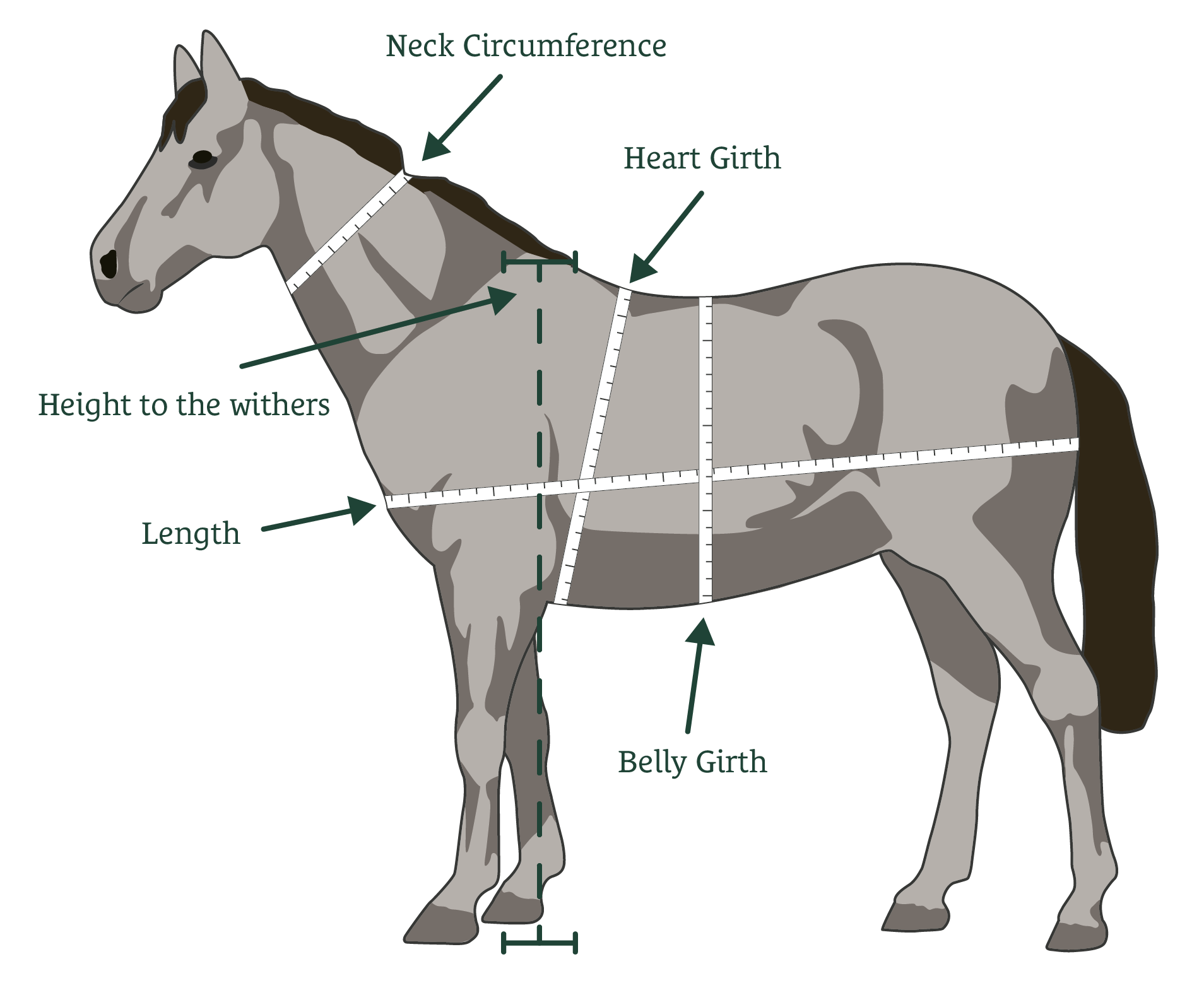
Body condition index
What is the new Body Condition Index
The Body Condition Index (BCI) is a method of assessing body fat, similar to the Body Mass Index (BMI) used in humans. A mathematical equation using five body measurements – height, heart-girth, belly-girth, length and neck circumference - is used to calculate the horse’s final BCI score. While this might sound complicated, the tool on our website does all the maths for you; all you need to do is enter your horse/ pony’s measurements into the calculator. Horses and ponies scoring 18-22 are likely to be overweight, whereas those scoring more than 22 are likely to be obese.
The Body Condition Index (BCI) vs Body Condition Score (BCS)
Body conditioning scoring is a practical method of assessing body fat by eye and by touch using a numerical grading system - most commonly a 0-5 or 1-9 scale. While body condition scoring certainly has its merits, including the fact that it can be used to assess horses/ ponies in ideal, lean and poor condition too, there is a degree of subjectivity involved. BCS score can also be slow to change initially in very overweight/ obese horses and ponies on a restricted diet, despite them losing internal fat, so it may not be ideal for monitoring early progress. It can also sometimes feel a little daunting or confusing to carry out, even for experienced owners. The body condition index is more objective because it uses measurements and with the help of our online tool, is easy to calculate. If you’re unfamiliar with, or feel less confident in body conditioning scoring, the new BCI might be just thing for you!
Is the BCI suitable for all horses and ponies?
The BCI is designed for use in adult horses and ponies of various breeds and sizes. However, accuracy in Shetlands and miniatures varies and it’s not yet been tested widely in large draft breeds. Like all practical weight management tools, the BCI should be considered a guide regardless of breed, so if you have any concerns, speak to a nutrition advisor or your vet. That said, it can be a very useful way of tracking weight loss and gain in individual horses and ponies.
The BCI is not suitable for mares in mid to late gestation or those with a potbelly.
History of the BCI
If you think you may have heard about the BCI before you’re not wrong! The original BCI was developed in 2015 but thanks to new research, the new and improved version provides greater accuracy.
The science behind the BCI
The new BCI was initially developed using 21 horses and ponies in moderate (ideal) and obese body condition. This involved assessing body condition score (BCS), measuring height, length, belly girth, heart girth and estimating total body fat using the gold standard method of deuterium oxide dilution (a specialist clinical test). Once developed, accuracy of the new BCI was tested using data from three separate studies, involving a further 628 horses and ponies.
Over-all, the BCI was found to:
· Correlate well with total body fat % (measured using the gold standard method).
· Compare well to BCS when body condition scoring was completed by experienced assessors.
· Be more reliable than body condition scoring completed by inexperienced assessors.
The full research paper is published in Equine Veterinary Journal and is free to access online.
For more advice on monitoring your horse’s weight and body condition contact the SPILLERS Care-Line.
*Reference
Potter SJ, Erdody ML Bamford N, Knowles E, Menzies-Gow N, Pippa K. Morrison P , Mc. Argo C, McIntosh BJ , Kaufman K Harris PA, Bailey SR (2023) Development of a body condition index to estimate adiposity in ponies and horses from morphometric measurements Equine Veterinary Journal in press.
